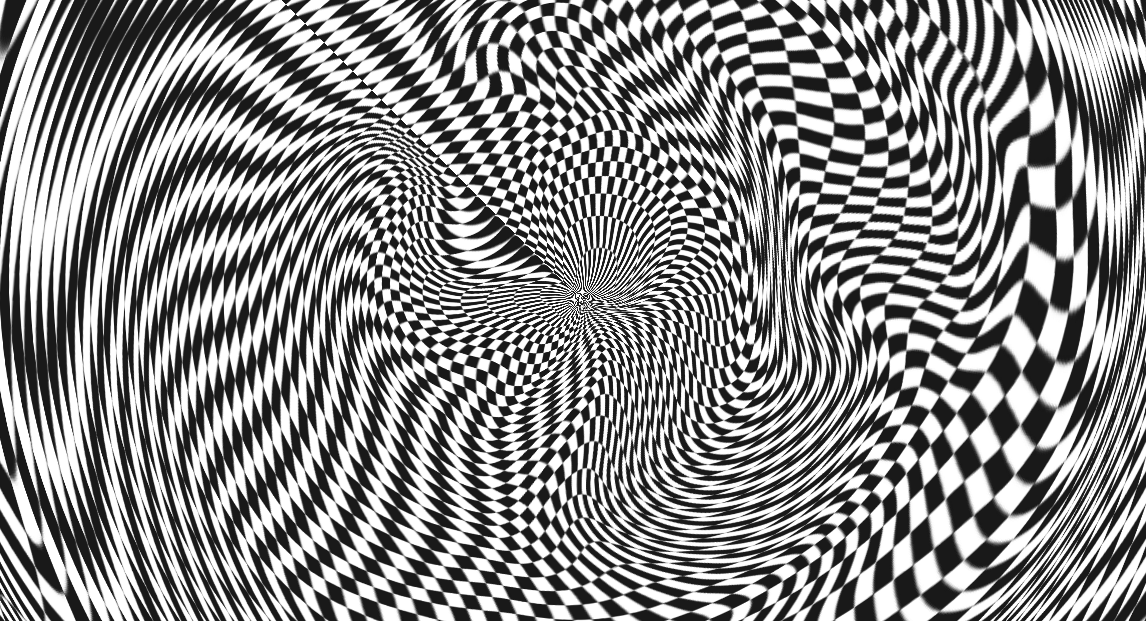Project Description
This 2-week Project involved us creating a 90-image sequence of images, centred around the themes and concepts of Dream. As such, I chose to split my sequence into 4 different phases, as elaborated on below:
Phase 1: Overstimulated Phosphenes
I wanted to represent the starry effects that one sees on the back of their eyelids when they close their eyes, called Phosphenes, which appear white, hence the use of the black-and-white neon effect. I also sought to show the mind-wandering aspect that happens to individuals whose brains are overstimulated when they try to go to bed. As I often go to bed right after using the computer (often for games), I wanted to show that overstimulated mind thinking about the games even as the brain tries to fall asleep. This sequence is also a homage to my pre-university days where I played competitive Team Fortress 2 and ran a Youtube Channel, both of which I am unable to do nowadays because of University commitments – the fade to black embodies this.
Phase 2: A Long Distance
This phase transits to REM Dreaming, hence the use of colour. The use of Cats is used to symbolise my girlfriend of 2 years and 10 months, who is currently studying in the UK. As she dislikes having her face shown, I decided to use her favourite animal, cats, to represent her. I wanted to bring out a sense of longing for her in our long-distance relationship, and hence used images of watching cats, but never being able to touch them, and only being able to see them from afar, as a metaphor for such a longing.
Also, before you think it, no, “missing the cat” was not an intended innuendo during production of this sequence. ಠ_ಠ
Phase 3: I Need a Holiday
What else do I need to say? This phase deals with the subconscious, and that desire in current contexts is to have a holiday and get away from everything. I used Holiday photos from a trip I took after release from military service last year (ORD LOH), one of the best I’ve had so far, to show a desire to explore the world, and the type of visual wanderlust that part of me really wants.
I would be lying if I said I didn’t want to go to Europe again to study Art History, considering how ADM has given me new insight to a lot of works and styles.
Phase 4: The False Awakening
This was the final phase, as well as the nightmare portion of the dream. I wanted to use the idea of a false awakening; when you dream you wake up, and it is the worst thing ever, because nobody likes waking up in the morning – much less twice.
Influences / Research
My Chief inspirations are as follows:
-Phosphenes:

An artistic representation of a Phosphene pattern
For Phosphenes, I had an extensive look into their appearance and I decided to take their colour scheme, as well as incorporate a blurry and somewhat indistinguishable quality that phosphenes had, into my first phase.
-False Awakening:
I was primarily inspired by a panel of one of my favourite comics of all time, Bill Watterson’s Calvin and Hobbes, which I wanted to pay homage to (the artist, the strip’s concept, and the characters within.) Below is that legendary panel that sprung to my mind as the first concept when creating this sequence.

Calvin, It’s time to wake up
Video Additions
For the creation of the video, I took the liberty of adding an audio track, Roots of a Mountain / Respite by indie band Duplekita (these guys are legit under the radar – if you’ve heard of them before this, you have to be in pretty deep), for how its tempo and tune fits the overall mood changes and transitions of the sequence, as well as its lyrics, such as
“From the depths of the grave you answered me” / “Soon oh soon I’ll see your eyes” / “Don’t my words fall to the ground”
which I felt described the sense of longing in my long-distance relationship, as well as my gradual distancing from my old gaming community, which I have less and less touch with as ADM continues to overwhelm me with Project after Project.
I also added an audio akin to an interview in the background to give a background context for viewers and to simulate part of the effect of the original presentation, which had no song and only the sound of my voice explaining and presenting. The use of an interview-like feel was also to create a sense of “behind the scenes commentary” which we often see in special movie cut extras and DVDs nowadays.
Reflections
This project has helped me understand sequential pacing, allocation of more time to more important elements in a story or visual narrative. During the creation of this project, my main struggle was tying together the different aspects and themes of the images, as each sequence told a visually different story. The solution to this was to use visual similarities to create a smoother transition, e.g. B&W to colour from Phase 1 to 2, or the image of the Cat from Phase 2 to 3. Given more time, I would have liked to been able to take more photos to make this transition even smoother.